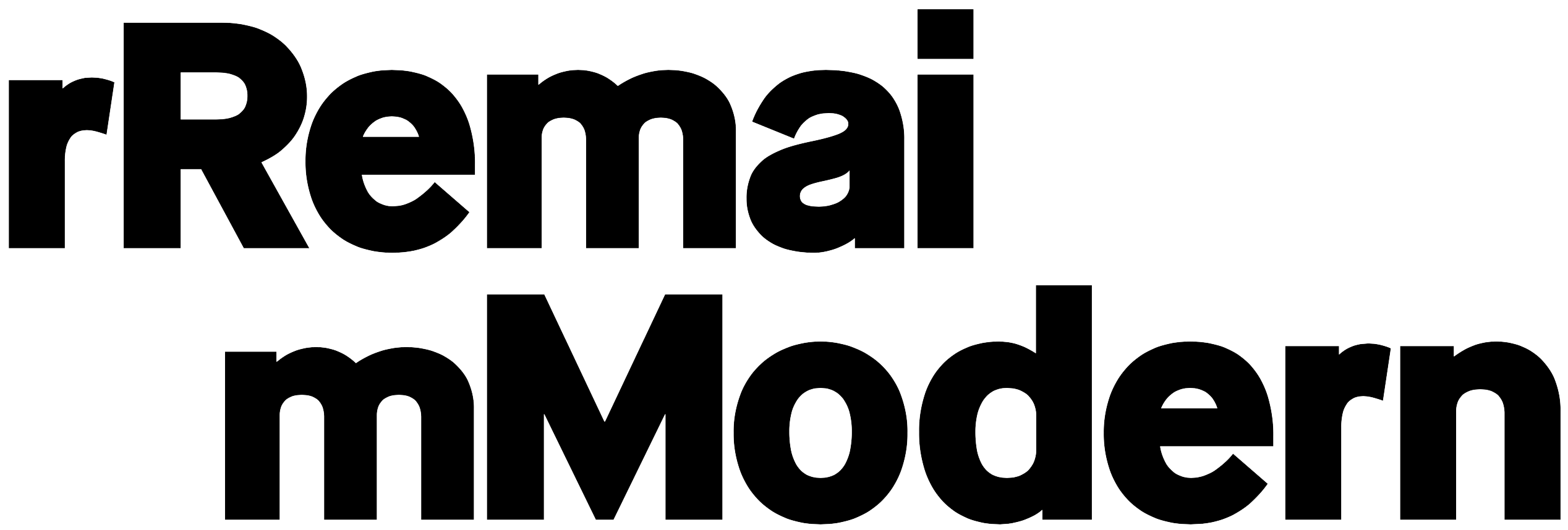The Picasso Collection

Remai Modern is home to the world’s most comprehensive collection of Pablo Picasso linocuts, complemented by a select collection of ceramic works. Both the linocuts and ceramics were executed in the last 25 years of Picasso’s life (1881-1973). During this time Picasso was living in Vallauris in the south of France, producing works of great vitality. He enjoyed experimenting with new materials, and although he relied on the expertise and support of technicians to master these new techniques, Picasso actively practiced them himself in order to understand, and then push, the possibilities of each medium.
Remai Modern’s collection of linocut prints was assembled by Frederick Mulder, a UK art dealer and world expert in 19th- and 20th-century European prints. In 2012, the Frank & Ellen Remai Foundation purchased 405 linocuts from Mulder, with the purpose of donating them to Remai Modern. That same year Mulder purchased 23 ceramics from the Madoura Pottery through Christie’s Auctions, subsequently donating them to Remai Modern along with one linocut, bringing the linocut print collection to a total of 406 works. This group consists of 194 out of 197 different linocut subjects known to exist, in addition to 212 variations and working proofs mainly from Picasso’s master printer, Hidalgo Arnéra.
See WHAT'S ON VIEW now.
THE LINOCUT PRINTS
Picasso’s first linocut was executed in 1939, but he did not work in that medium again until the early 1950s when he began designing posters in Vallauris, first for Madoura Pottery exhibitions and then for local bullfights. He worked closely with a young master printer, Hidalgo Arnéra (1922-2007). Linocut printing is a relief process where the areas that are carved away do not receive ink. Picasso most often used a reductive technique: for each colour he would carve further into the block to reveal the next layer to be printed. Picasso initially provided drawings to Arnéra for execution, but then took over the carving of the block himself, marking the surface to create his imagery while leaving the rest of the printing to Arnéra. The posters were printed in editions of 200 to 600, whereas most of the linocuts were printed in editions of 50. The rest were produced in an edition of just a few or a singular impression.
THE CERAMICS
Before embarking on the linocut prints, Picasso had begun working in the Madoura Pottery studio, run by Suzanne and Georges Ramié, in Vallauris, France. Between 1947 and 1971 Picasso produced more than 633 unique and editioned works, including terra-cotta plates, ceramic figures, earthenware pitchers, clay masks, plaques and tiles. The ceramic works were inventive and sometimes playful. As with the linocuts, Picasso’s ceramics were typically produced in editions, ranging from 25 to 500, for a broad market. During his lifetime, this work was considered merely a hobby, or “le violon d’Ingres.” But in recent years the distinction between craft and fine art has shifted, resulting in scholarly attention and a better understanding of Picasso’s life’s work.
Image: Pablo Picasso, Nature morte au verre sous la lampe, 1962, linocut, 53 x 64.1 cm. Collection of Remai Modern. Gift of the Frank and Ellen Remai Foundation 2012. © Picasso Estate / SOCAN (2021)






